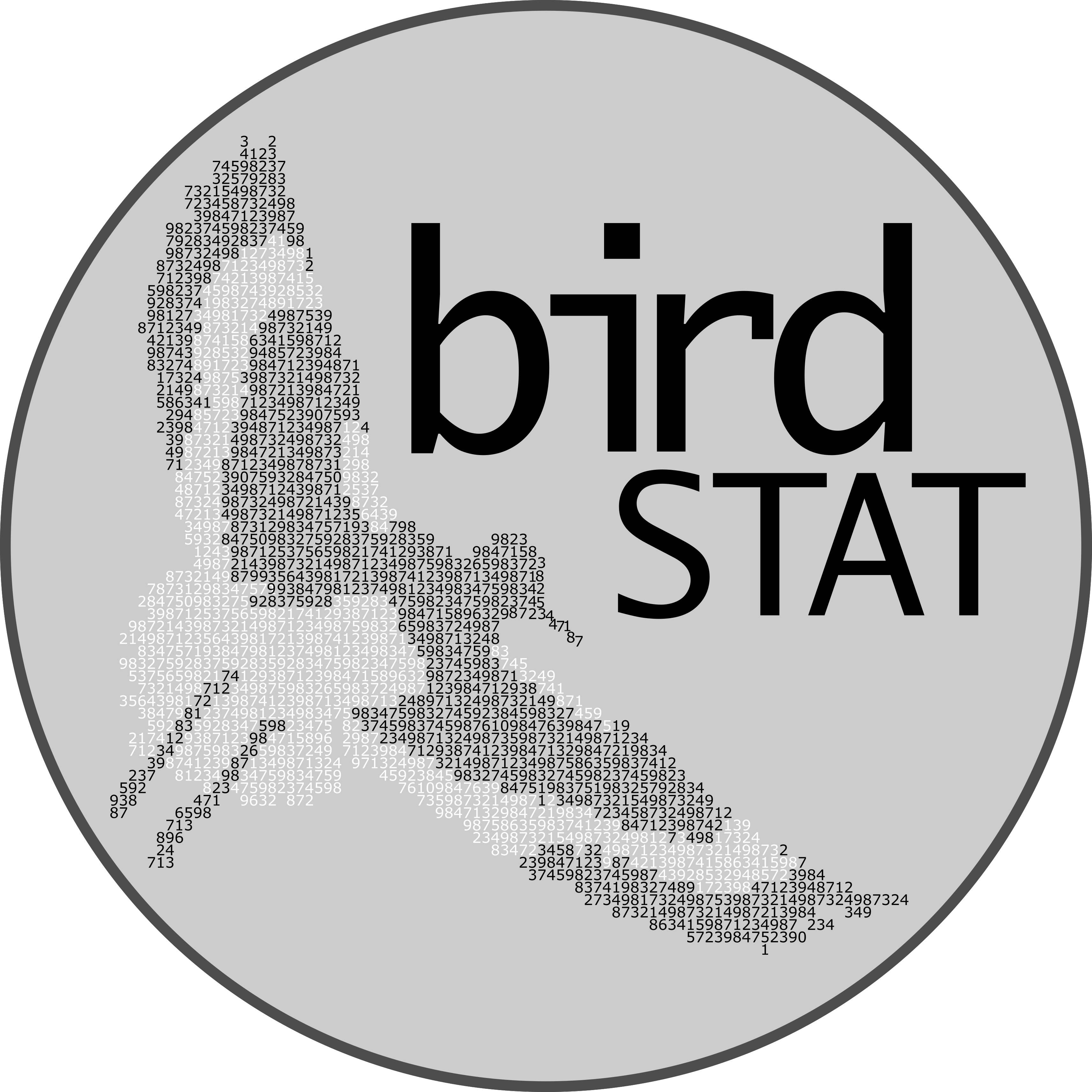Mysticete
Well-known member

Recent threads have made me curious. I know people use a bunch of different systems, from special software to homemade excel lists to physical paper. I also am not sure what exactly is put in by different folks. For me, I assume the bare minimum is a bird name, date seen, and location. I would assume everyone records this basic information, but I am not sure how much more detailed information people use.
For me, I have custom excel spreadsheets, separate files for birds, mammals, and herps. For birds I use IOC for species level taxonomy, and the Mammal Diversity List for Mammals. I don't think there is a good updated global list for herps, so its basically down to regional checklists and books, double-checked with wikipedia and the like.
Within the excel files, I use different tabs for my main list, non-countable exotics, heard only, and future potential splits, as well as some extra sheets for taxonomic notes I might need to refer to.
For each species in the list, it's arranged using my own custom taxonomic order, and includes the common name, scientific name, order, family, and where relevant subfamily and tribe. I use a color-coding system of alternating "cool" and "warm" colors to indicate changes in family and lower.
I include the site where first seen and the date of observation, and I also have a section that I mark on what continent or regional listing area I have seen it (ABA, North America, Europe, etc). Introduced species, provisional introduced species, and critters I saw before I officially became a birder are highlighted using different font types (Italic, bold, etc).
This system slowly evolved over the last decade, rather than being in place all at once. Anyway this is probably way way more detailed and elaborate than some people's list but it works for me. I'd be curious if people have specific systems they use, or if the lifelist is just an afterthought. Or I am just insane and a weirdo...
For me, I have custom excel spreadsheets, separate files for birds, mammals, and herps. For birds I use IOC for species level taxonomy, and the Mammal Diversity List for Mammals. I don't think there is a good updated global list for herps, so its basically down to regional checklists and books, double-checked with wikipedia and the like.
Within the excel files, I use different tabs for my main list, non-countable exotics, heard only, and future potential splits, as well as some extra sheets for taxonomic notes I might need to refer to.
For each species in the list, it's arranged using my own custom taxonomic order, and includes the common name, scientific name, order, family, and where relevant subfamily and tribe. I use a color-coding system of alternating "cool" and "warm" colors to indicate changes in family and lower.
I include the site where first seen and the date of observation, and I also have a section that I mark on what continent or regional listing area I have seen it (ABA, North America, Europe, etc). Introduced species, provisional introduced species, and critters I saw before I officially became a birder are highlighted using different font types (Italic, bold, etc).
This system slowly evolved over the last decade, rather than being in place all at once. Anyway this is probably way way more detailed and elaborate than some people's list but it works for me. I'd be curious if people have specific systems they use, or if the lifelist is just an afterthought. Or I am just insane and a weirdo...









